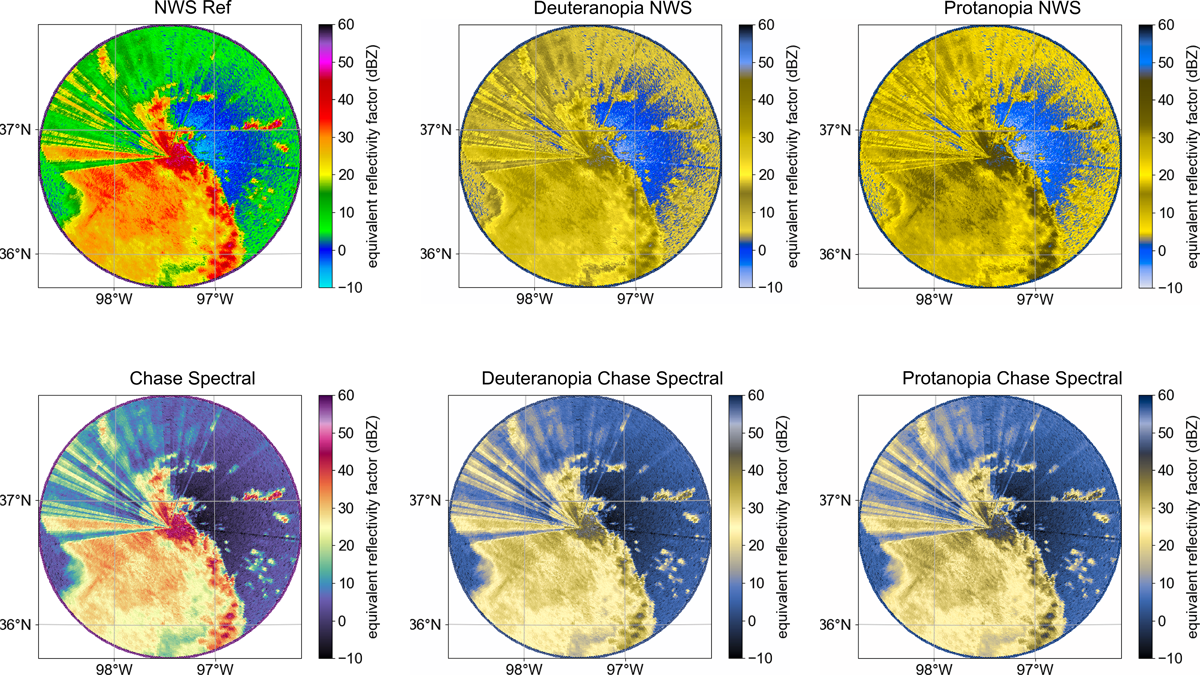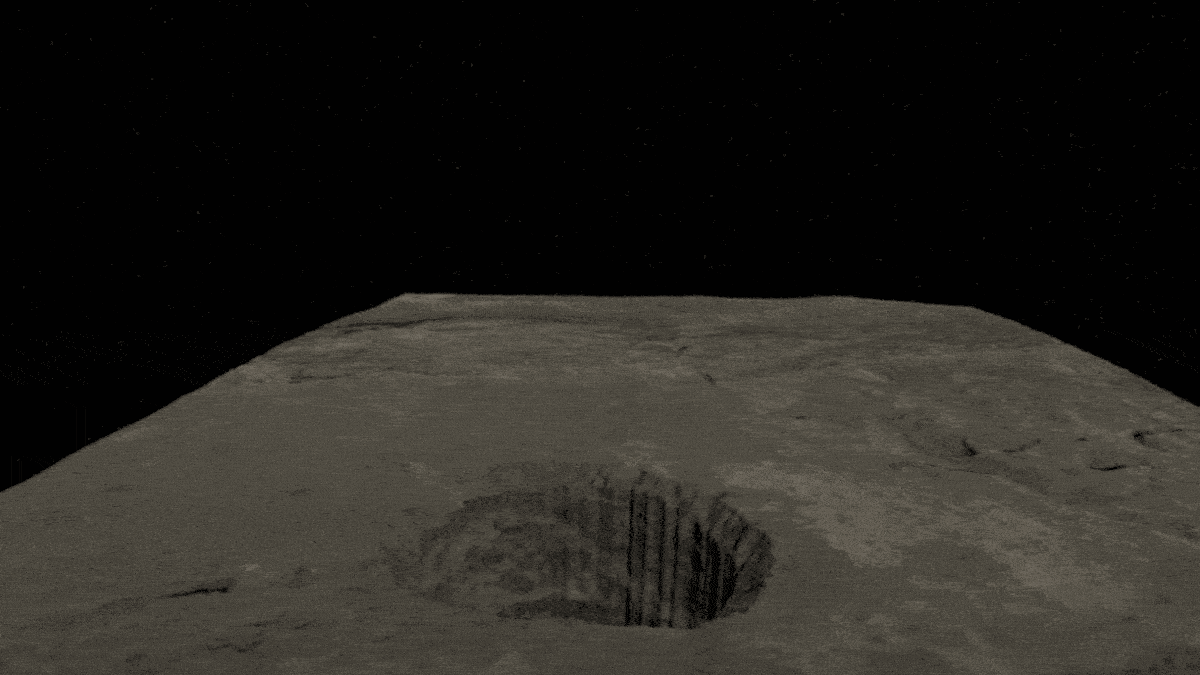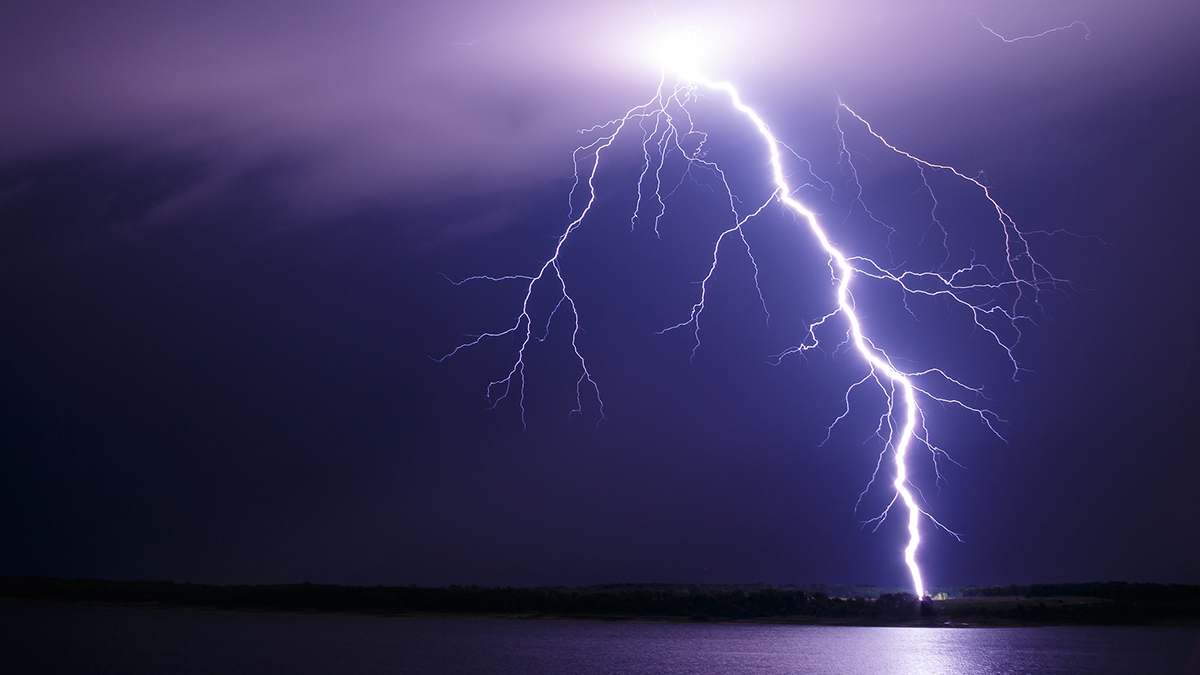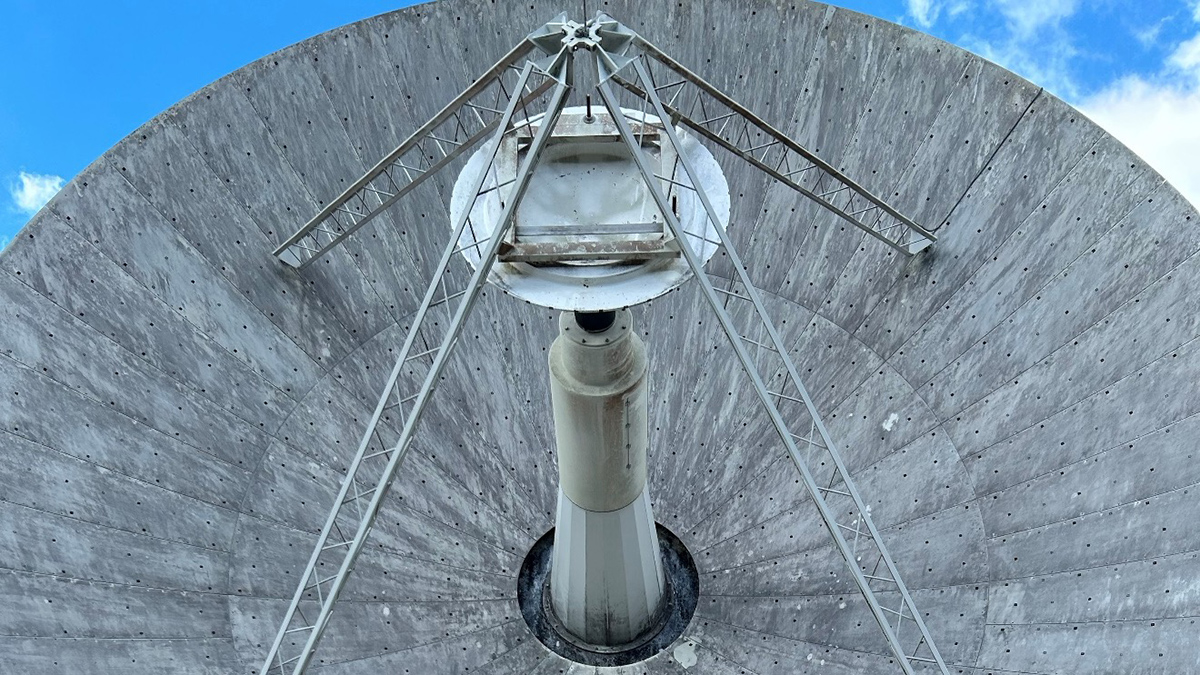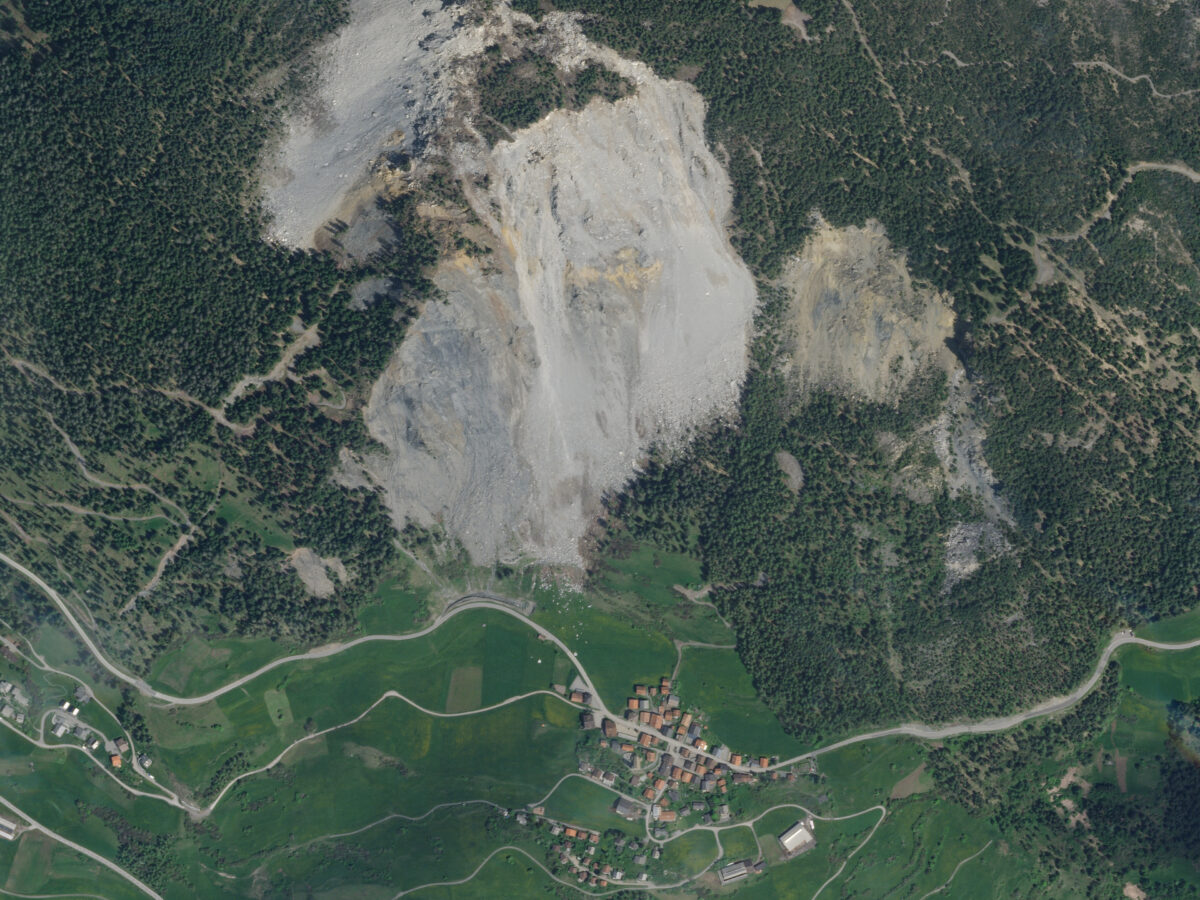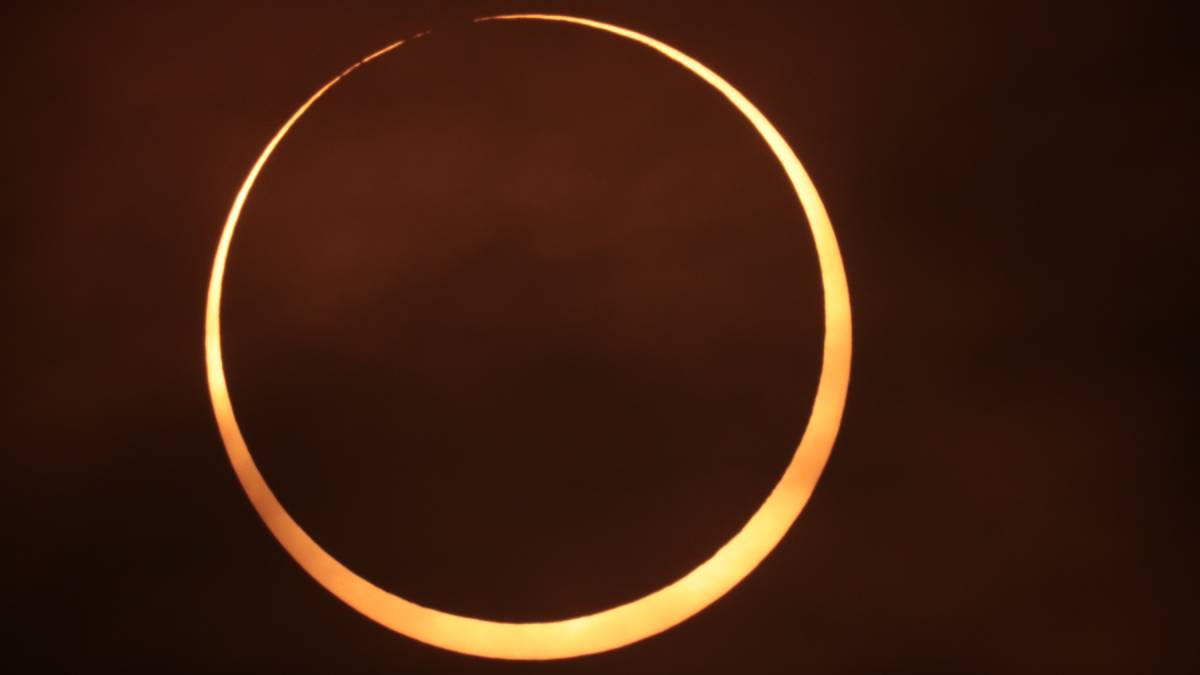New research demonstrates how to make radar maps more easily interpretable for people with color vision deficiency.
radar & radio
Lunar Lava Tube Revealed Beneath Collapsed Pit
The Sea of Tranquility is home to at least one lunar lava tube, which could preserve a pristine and unweathered record of lunar volcanism.
Saving the Planet with Radar Astronomy
Once the largest telescope in the world, Arecibo kept watch for dangerous asteroids using radar. With it gone, the world is preparing the next generation of radar observatories.
Radar Data Show Thwaites Gets a Daily Bath of Warm Seawater
The Doomsday Glacier, predicted to raise global sea level by more than half a meter, could be exposed to more warm ocean water than previously thought.
Phased-Array Radar Detection of Electrically Aligned Ice Crystals
A new method for observing electrically aligned ice crystals in localized storms can detect the onset of electrification and lightning in developing storms.
Radioamadores Foram Usados Para Obter Informações sobre a Ciência Ionosférica Durante o Eclipse
Operadores de rádio amadores que estudam a física espacial e a atmosfera superior investigaram a resposta da ionosfera ao eclipse solar anular de 2023 usando transmissões de ondas curtas.
Out With the Old, in With the Cold
A 12-meter telescope at the Arecibo Observatory gets outfitted with a wideband cryogenic system to expand its capabilities.
Brienz/Brinzauls: Controls on rockfalls in high mountain environments
The Landslide Blog is written by Dave Petley, who is widely recognized as a world leader in the study and management of landslides. The availability of high temporal and spatial resolution monitoring technologies, most notably terretrial laser scanning (Lidar) and doppler radar, has transformed our ability to understand rockfalls. These systems can be deployed to […]
Ham Radios Crowdsourced Ionospheric Science During Eclipse
Amateur radio operators who study space physics and the upper atmosphere probed the ionosphere’s response to the 2023 annular solar eclipse using shortwave transmissions.

